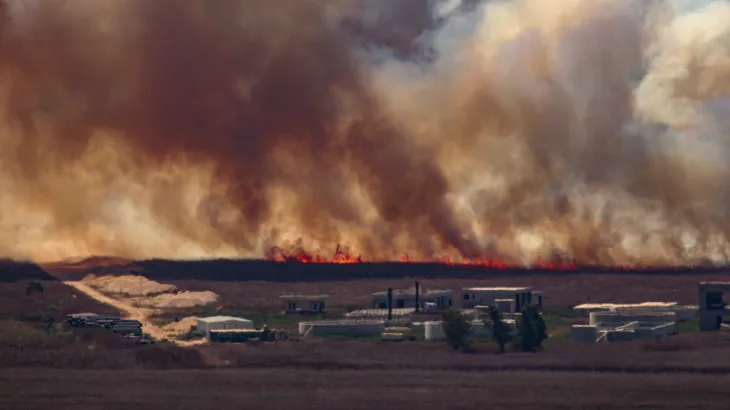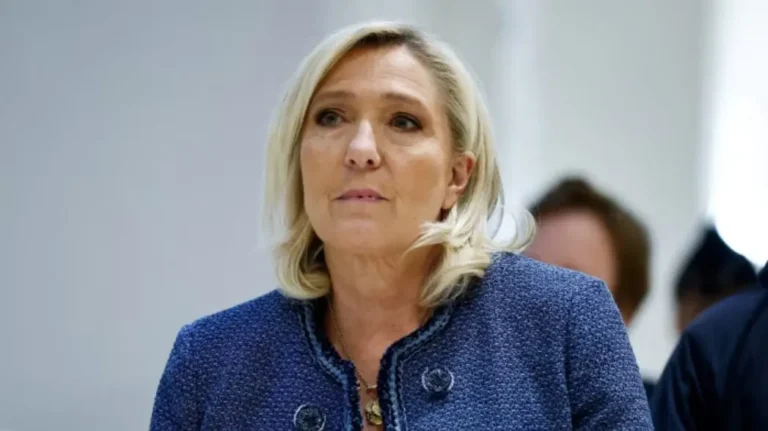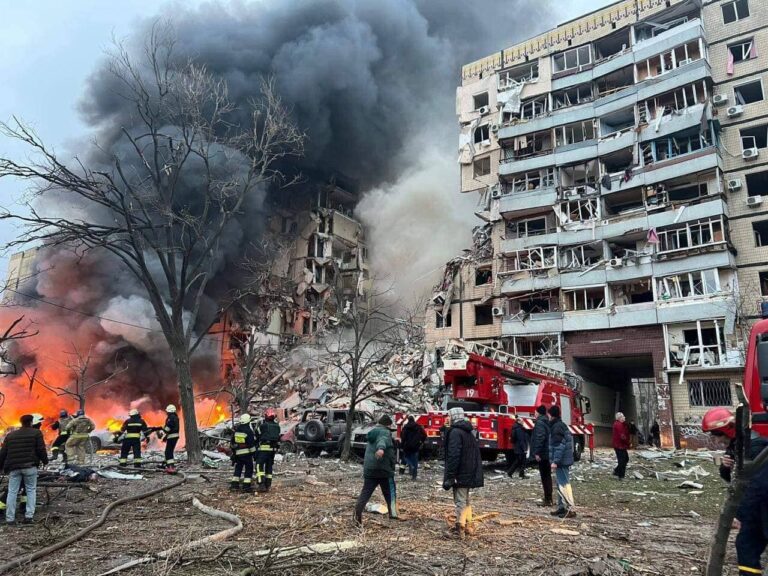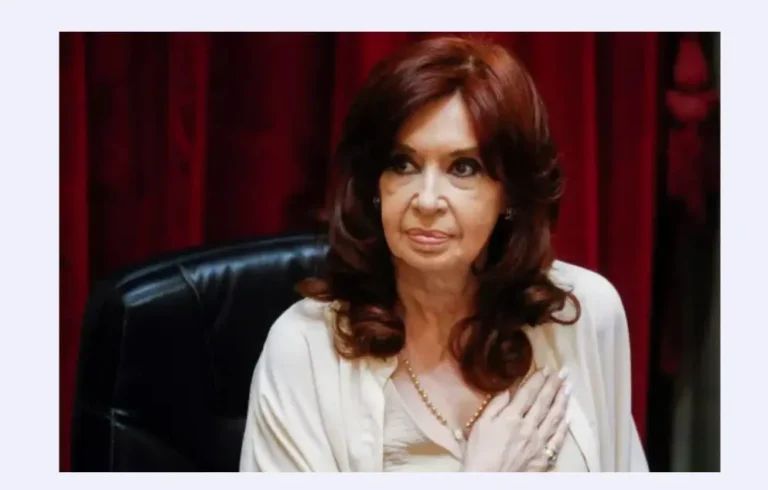
An Israeli air strike in southern Lebanon has killed nine people, Lebanon’s Ministry of Health has said, as the Israeli military reported hitting weapons stores of the Hezbollah movement.
The death toll from the strike in the Nabatieh area included “a woman and her two children” and left five other people wounded, two critically, the ministry said in a statement on Saturday.
Israel’s military claimed on its Telegram channel that the air force had struck a weapons storage facility of the Lebanese armed group Hezbollah overnight “in the area of Nabatieh”, located about 12km (seven miles) from the near the nearest point to the Israeli border.
Earlier, the military posted on social media that its fighter jets attacked “military buildings” in the villages of Maroun al-Ras and Aita al-Shaab, more than 50km (31 miles) south of Nabatieh city.
The attacks come as Hezbollah has traded near-daily fire with Israeli forces in support of its ally Hamas and in solidarity with the Palestinian people since the October 7 attack on southern Israel and Israel’s subsequent war on Gaza.
According to the Armed Conflict Location and Event Data Project, Israel, Hezbollah and other armed groups in Lebanon exchanged at least 8,533 attacks across the border from October 7 to July 31.
Israel conducted about 82 percent of these attacks, totalling 7,033 incidents, killing at least 601 people in Lebanon.
Hezbollah and other armed groups were responsible for 1,500 attacks that killed at least 23 Israelis.
Tensions have soared after a deadly rocket attack in July killed at least 12 people – many of them children, in a Druze village in the Israeli-occupied Golan Heights, which Israel blamed on Hezbollah. Hezbollah denied it was responsible for the attack.
Israel then killed Fuad Shukr, a top Hezbollah commander, in a missile attack in the suburbs of Beirut.
Hezbollah has promised to retaliate, as has Iran, for the killing in Tehran of Hamas’s political chief Ismail Haniyeh.
The assassinations by Israel and threats of retaliation have prompted fears of a major regional escalation.
Since Israel and Hezbollah last went to war in 2006, the Iran-aligned armed group has increased its military strength, according to analysts.
On Friday, Hezbollah released a video appearing to show its fighters transporting large missiles through tunnels at an underground facility in what appeared to be Lebanon.
Riad Kahwaji, the head of the Institute for Near East and Gulf Military Analysis, a security consultancy, said it was “the most explicit video Hezbollah has ever released showing the size of its tunnels” and weapons arsenal. Hezbollah likely released the video to “deter” Israel from launching a major operation against it in Lebanon, he said.
Hezbollah has repeatedly said that only a Gaza ceasefire deal will stop its attacks on Israeli forces in northern Israel.
Israel’s Prime Minister Benjamin Netanyahu has said his country is “prepared both defensively and offensively” and “determined” to defend itself against both Hezbollah and Iran.
But pressure has been mounting on Israel to agree to a ceasefire deal in Gaza, which would likely avert a wider war involving Lebanon and Iran.


